Welcome! Historia is a brand new bi-monthly series that will be examining The Amazing Amazon’s rich history. The feature will span the war-haunted Golden Ages in which she was forged, through the sweeping currents of The Silver Age, the shifts of The Bronze Age, the trials of The Dark Age, all the way to The Renaissance and The Prismatic Age of the modern century.
We’ll be looking at and discussing the various influences and archetypal antecedents that underlie the Wonder Legend, the power of the conceits it upholds, the politics of the whole enterprise, the terrifying nature of myths and narratives, and how the character and property have changed, evolved, or even regressed. What is this curious little experiment that began under a polyamorous polymath psychologist that became an icon of the feminist movement and a vital corporate symbol? Let’s dig in.
The concept has lasted through things which would kill almost any other character. – Jenette Kahn
After the mess that was Kanigher’s return, as the Bronze Age was in full swing, Diana was granted to editor Julius Schwartz, the man synonymous with DC and the figure often cited behind The Silver Age. He oversaw the revamp of The Flash, Barry Allen, which kicked off the era and then would go on to successfully re-envision DC ideas of The Golden Age for a fresh audience, cranking out the new Green Lantern, Atom, Hawkman and the equivalent of JSA, The JLA. Perhaps no figure in DC has been granted quite as much success, adoration and love. But here’s the thing:
Julius Schwartz was also a harasser.
It’s hard to talk about Diana, Wonder Woman, this icon of feminist thought, this fiction of freedom from the clutches of the awfulness that men inflict on women, and not also talk about the people responsible, the folks designing her narrative. And when you bring Schwartz into the narrative, this has to be addressed and discussed.
Schwartz’s sexual harassment and treatment of women was, for years, an open secret and one that was even joked about by some. It’s a pattern of deplorable behavior that affected a great many women he interacted with and it’s behavior he never faced consequences for. Only the women did. He was only revered further by most, including the history books.
‘I never particularly cared for Wonder Woman,’ Schwartz once said, shocking virtually no one.
After all, what is the history of Diana if not one full of men being handed this lovely idea, only to find they just didn’t care or would rather be doing anything else instead?
The Many Labors
Schwartz’ angle to make the book sell again was quite simple: Team-Ups. He’d have guest-stars pop in a hell of a lot, to pull folks into the title. Wonder Woman, in essence, became a Brave and The Bold-esque book. And the framing of the whole thing was this idea of the Justice League spying on her, watching her, to see if she was worthy of being back on the team. From that sprang the whole ‘Twelve Labors’ conceit, the sort of mythic trials Diana had to go through.
The whole format would also permit Schwartz to cycle writers in and out, using a wide team. You had the likes of Martin Pasko, Elliot S! Maggin, Cary Bates and Len Wein. And the work is…fine honestly. In fact, some of it is quite fun and good, given you had someone like Maggin, who is a bit of an underrated gem and jewel of the Bronze Age period (check out his fantastic Superman work). If nothing else, it was definitely miles ahead of all the Kanigher dreck that had come before (which, in fairness, low bar there, but still).
In the end, it’s an endeavor that did do well in sales, as is to be expected. Schwartz was, if nothing else, savvy and he knew how to get an audience. And so he did. But the approach’s weakness is obvious as well, isn’t it? It’s utterly temporary. It’s a quick sales gimmick to refocus attention and get a spotlight, but in and of itself does very little for Diana or give her book a meaningful direction of its own. And that tracks, given Schwartz wasn’t really interested in WW all that much. He only took the editorial assignment as a temporary gig as well, it’s worth remembering.
That said, he would end up placing Martin Pasko from the roster as the new writer for the book, alongside Jose Delbo as the artist. Schwartz’s other contribution was the idea of resurrecting Steve Trevor, which happened in Wonder Woman #223, by the mythic might of Aphrodite, Diana’s matriarchal patron. The year after, in 1977, Schwartz would finally depart the book, staying true to his statement that it was to be a temporary arrangement. And perhaps that phrase, ‘temporary arrangement’ is perhaps the most succinct summary of a lot of this era.
Diana really struggled to maintain a consistent creative team, as Pasko would depart (with Gerry Conway stepping in), as would many that followed. It was all, always, temporary. The only voice, for years, had been Robert bloody Kanigher and once he was off, any chance at something else was killed, and he returned and now we were saddled with fill-ins after fill-ins. There was no big vision or driving force, a creative champion for Diana.
As if to illustrate this, Steve Trevor was killed again fairly quickly after his return, displaying just how messy and all over the place this period was for Diana. Post-Schwartz, the editorial musical chairs also reflected the creative ones, as you moved from Ross Andru in the editor spot to Len Wein by the time of 1980.
Even Roy Thomas, another legend of comics showed up for a short stint on Diana, which isn’t terribly notable on its own. What does make the period where Thomas held some sway on Wonder Woman notable is something else entirely. Thomas, alongside many others, would work on the big anniversary issue of Wonder Woman #300 in 1983. And there, Jan Duursema would become the first female artist to draw Wonder Woman up to that point. And Dann Thomas, Roy’s partner, worked on the issue as well and thus became the first female writer to actually, genuinely get true and proper credit on a Wonder Woman comic. No more ghost-writing or being left out or ignored, but a genuine credit in that issue, this landmark moment. This then, perhaps, is the best accomplishment of the Thomas stint. Not rousing creative vision, but the first marker of actual women finally getting to touch the icon that had been theirs all along.
Following this, the book slugged on, with writers like Gerry Conway being the most notable here, given what was ahead. Crisis On Infinite Earths was brewing. The entire DC line was set to change. History was set to be rewritten. And so a finale had to be approached, at last. The Pre-Crisis Princess was to be given a sendoff, a goodbye. So it was that in Wonder Woman #329
, Diana and Steve finally got married, with the issue being said to be a tribute to Marston (although specifically, Charles Moulton, his pseudonym, not the real man himself), which is amusing given Marston would likely have loathed the idea of Diana ever marrying Steve.
Then Crisis hit, during which Diana would be de-evolved, until she became the very clay that had brought her to life and then faded to nothing. Wonder Woman was no more.
The Legend Of Wonder Woman

Coming out of the cataclysmic event, DC didn’t quite have the robust plan for Diana the way it did for Batman and Superman, shocking no one. We’ll get more into that in a moment, but the key thing to keep in mind here is the planning was garbage. They still had to keep publishing Wonder Woman comics, for if they did not, they might lose the rights. And so they did.
What came of that, the need to just get a WW book out though, is a genuine surprise.
Trina Robbins had been a big figure in the underground comics scene of the 60’s and 70’s, overseeing the publication of the first all-women comic project It Ain’t Me, Babe Comix. Beyond that, she was also a great comics historian and one of the founders of the Wimmen’s Comix anthology. She was, also, obviously, a big Wonder Woman fan. So when DC came calling, she accepted and did so under the stipulation that she would do no modern WW they wanted, dear lord no. She was only interested in doing that classical Golden Age Marston/Peter Diana. DC let her do so and paired her up with a fellow named Kurt Busiek. (You may have heard of him.)
The end result? Magic. Absolute bloody magic. This 4-part mini, made out of obligation by DC and pure, liberating love on the creative team’s end, is simply exquisite. It is one of the most charming, delightful Wonder Woman works and is truly lovely. Robbins wrote with heart, passion and a great energy. The book was designed to evoke and channel the spirit of those original Marston/Peter stories and did it far better than any terrible Kanigher attempt. It leaned into what actually made Diana unique and different from all her peers and drilled into that niche. These were fun, breezy, adventurous comics with neat ideas and bucketloads of charm.
This marked the first time a woman had properly been given a crack at Wonder Woman and was the leading voice and held credit for it. And wouldn’t you know it, it ruled. It was one of the best things up to that point for Diana in the 80’s and even to this day, it’s still great. It was recently collected into the Forgotten Legends collection is very much worth a try.
But all good things come to an end. And so did this. The history books do not remember this, for it is not ‘important’, but it is certainly very good and is worth remembering as much as anything Diana’s ever been in. It’s history that’s fantastic.
The Perezian Power
George Perez is, of course, a massive name in the realm of Wonder Woman. It’s impossible to talk Wonder Woman, who she is, where she is and that she is at all, without talking about Perez. He was the artist of New Teen Titans and rode that into Crisis, where he put Diana to rest. He defined the language and form of event comics, which books to this day still chase. He is the unquestionable master of group shots, able to draw legions of super-characters like nobody’s business. And he is, also, in a lot of ways, the savior of Wonder Woman.
But let’s double back a bit.
I mentioned the poor planning earlier and Legend of Wonder Woman’s need to exist, and this is where the Perez component is relevant.
DC, you see, was considering pitches from a number of folks. Initially, Frank Miller and Steve Gerber pitched to revamp the trinity with a line of books titled Metropolis, with the duties split between them. The Dark Knight would be Miller’s joint, while The Amazon would be Gerber’s, and they’d work together on The Man Of Steel. But when DC suggested they wanted to take the Joker’s approach of ‘We’re having tryouts,’ they backed out. Ultimately, DC still managed to get Miller onto Batman, bringing us Year One
, brought to life by the brilliant David Mazuchelli. Then they grabbed John Byrne from Marvel, who was aching to do Superman and let him run loose. They took the big Marvel hit-guys, from X-Men and Daredevil and let them loose on their icons, banking on them to make it work, believing the revamps would be popular.
But Diana? Diana had no such thing. They weren’t banking on anything for her, really. They had plans, sure. But they were, as you’d expect, nothing even remotely akin to what they’d attempted for the World’s Finest. Diana was never treated the same as the boys.
George Perez was, as you’d expect, a massive hit and a big name at this point. He’d sworn he’d never work on a monthly series again. He was done and happy. And while he was at the DC offices, he got to hear of the plans for Wonder Woman, as well as see what the female staffers thought of said plans. This changed everything. The plans, as you’d expect, were pretty not great. The women did not like them or care for them. (It’s said that around this time, DC was thinking about returning Wonder Woman in the Legends book, a frankly terrible crossover/event comic.)
Then for the first time in a long time, something rare happened- someone with the power, weight and authority truly cared about Diana and what her fate was. Perez walked into the office of editor Janice Rule and asked to take the book, that they give the book to him rather than do their plans and push things back, allowing him the time to get Wonder Woman right, for everyone. And so they did, because Perez had power and was a draw. He had the book.
And so in that time span, before Perez’s revamp launched, the Robbins/Busiek book hit.
The New Wonder
By the time Wonder Woman #1 happened, Rule was no longer the editor of the book. But the new editor was someone Perez had suggested do the book and that individual? It was Karen Berger. The greatest, most accomplished, legendary comics editor ever. From your Alan Moores to your Grant Morrisons, she helped build a better comics world, one beyond superheroes and changed the landscape drastically with Vertigo. But she wasn’t that legend yet. She was still the person who’d been brought in for her wonderful perspective and great talents.
With Berger onboard, Wonder Woman was off. While Perez only planned to originally do a six-month stint, just the big new origin saga, a sword-and-sorcery epic with gods and monsters, with the time he was given to research, the project grew to be something far greater and massive. Perez genuinely, truly cared and he consulted a number of women in the making of his Wonder Woman. From his wife Carol to Berger to even Jenette Kahn, the DC Publisher to feminist, critic and WW fan Gloria Steinem.
Alongside Greg Potter and Len Wein, who helped him along, Perez reshaped the Wonder Woman myth for a whole new generation. It is impossible to overstate and truly understand the scope of genuinely how important, how impactful Perez’s work was. He took Diana from the mud of consistent historic mistreatment and irrelevance and using all his power, coming out of the biggest comic in comics, drew attention to Diana of Themyscira. He made Wonder Woman matter. He made Wonder Woman feel important again and brought a whole new audience to it. Many, from Greg Rucka, who would go onto be the definitive WW writer of the modern age, to plenty of others, would discover Diana here and it was through Perez that they fell in love with her. He saved her, in essence.
But there were changes, as you’d expect. The weird, almost surreal fairy-tale approach of science fantasy was no more. The mixture of mythologies was gone. Everything was simplified in the extreme to pure greek mythology, as lines were drawn up, with Perez emphasizing that this was Diana’s domain. No more intergalactic or cosmic shenanigans, with ‘Mars’ who lived on planet Mars, but ‘Ares’ who lived in his mythic domain. Perez drew up limitations to emphasize and simplify the core concept for people here.
The Amazons were also changed, as a very un-greek myth idea of reincarnation became the foundation, with The Amazons all being reincarnated women who’d been hurt or abused by the cruelty’s of man and his world. Aphrodite was also mostly eliminated as the big chief figure here, as was that core contrast between her and ‘Mars’, as Perez picked up on the Kanigher idea of Diana being ‘gifted’ by divine beings and saw multiple female deities (and Hermes) grant Diana powers. These multiple figures were now key instead of it just being Aphrodite and occasionally Athena.
Perez would also eliminate Diana’s secret identity, seeing it as pointless to her mission. Steve Trevor, too, was massively reimagined. After years of the Trevor-Diana back and forth, with the romances of Kanigher era being tiresome, Perez would turn Trevor into an older-brother figure for Diana, a far older man, a good friend, rather than someone to romance. Even Etta was made into a military woman (a choice that misses the entire point, but we’ll discuss that more in the Rucka entry down the line), as Perez set up Diana in the very real city of Boston.
There, she was given the all-female crew of Julia and Vanessa Kapatatelis, a mother/daughter duo who Diana would stay with. Julia was like another mother for Diana and she was a professor who would act as Diana’s guide in Man’s World, teaching her of the culture and ideologies that were prevalent here. Vanessa, meanwhile, would quickly grow as essentially Diana’s little sister. She was her best friend and pal. Soon, Diana would be joined by publicist Mindi Meyer, adding to a growing cast of women Diana would interact with. Perez’s title was very much a book about the women, with an extensive number of women in its cast, allowing for varied dynamics and relationships between women, which was and still is often rare in superhero comics.
The take succeeded in achieving the fundamental purpose of Wonder Woman as a comic: Celebrating women.

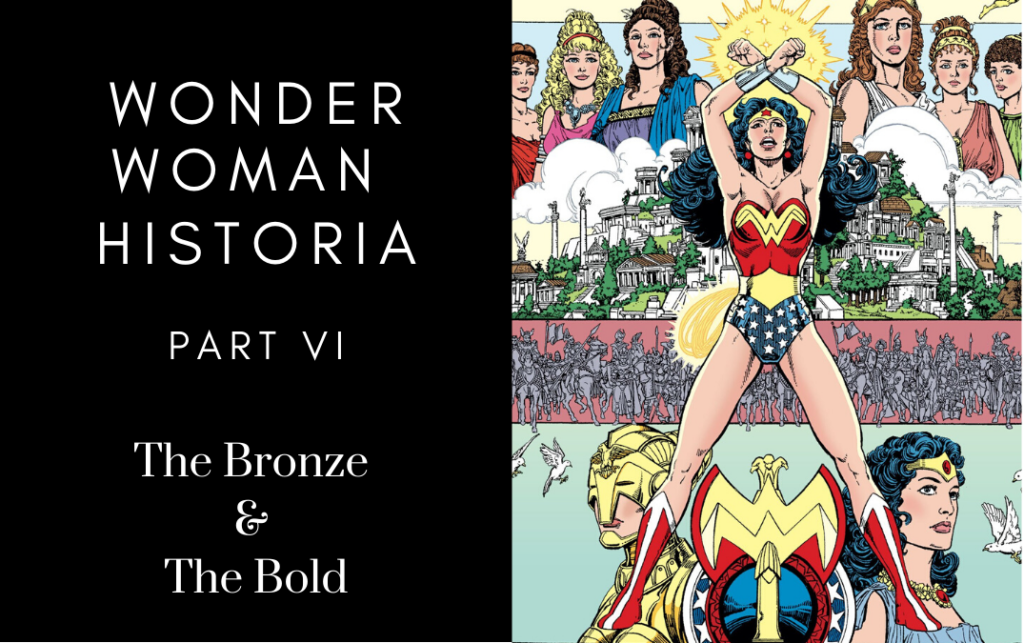
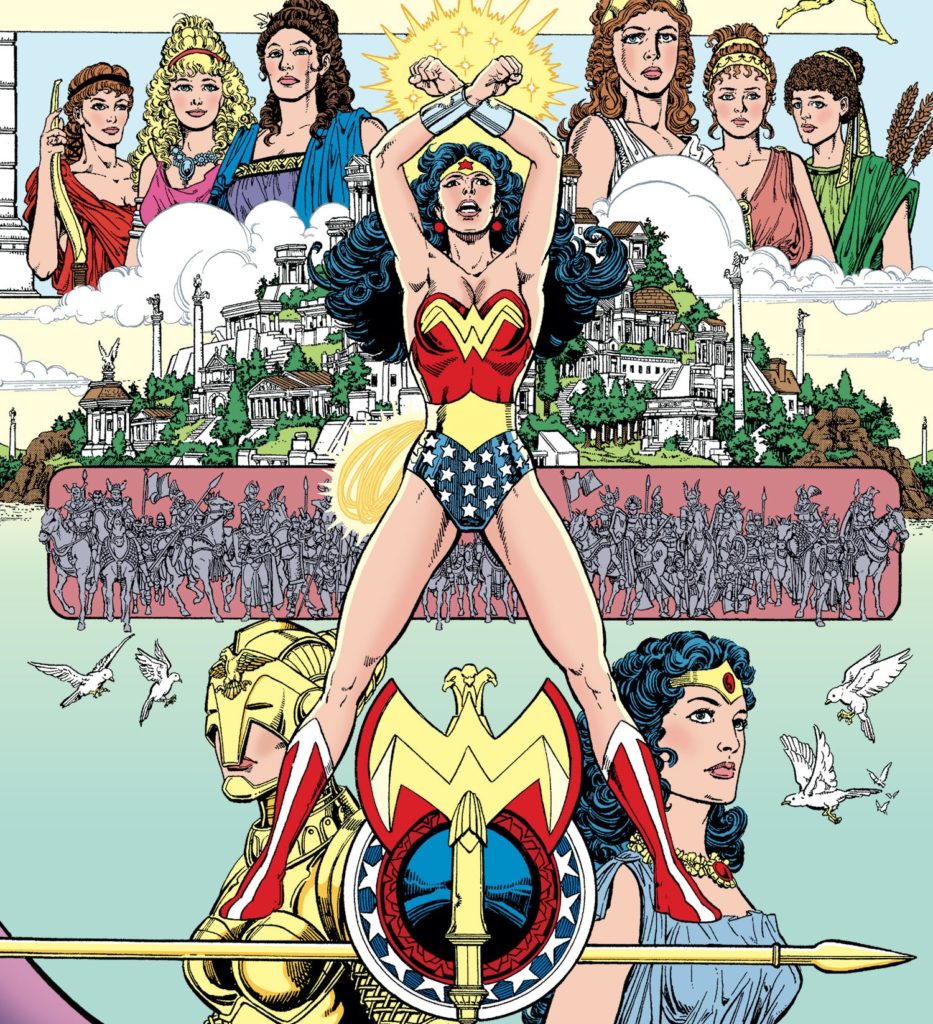
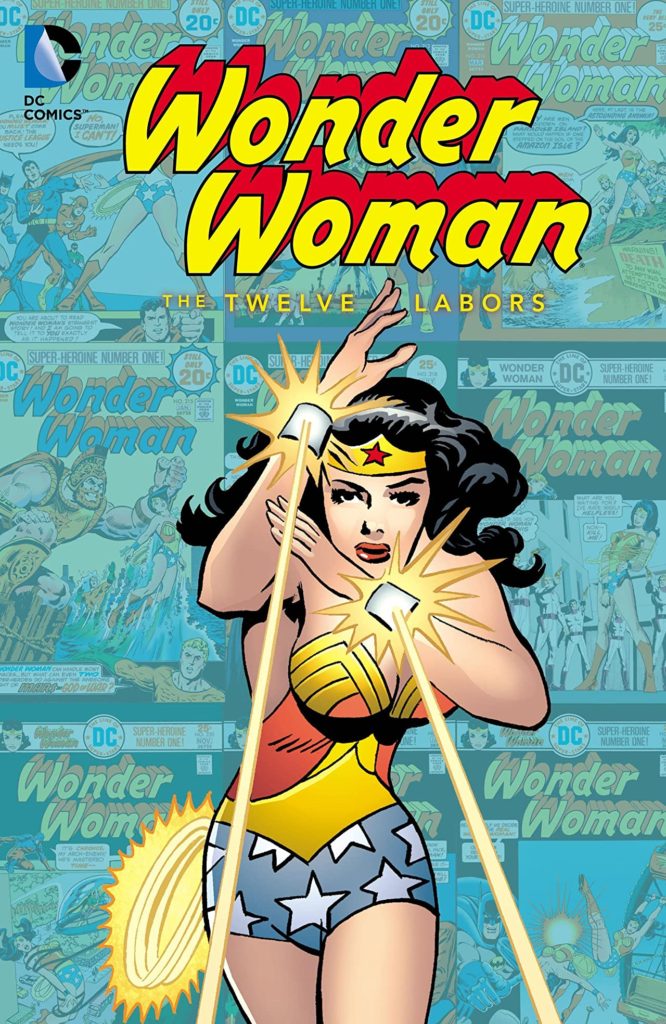
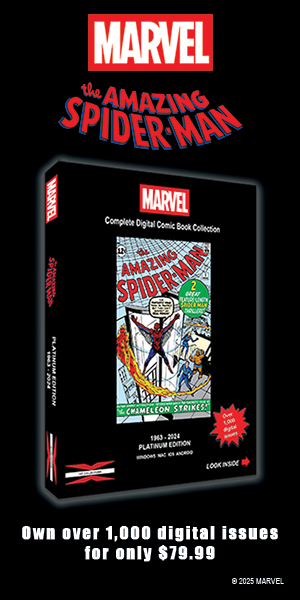
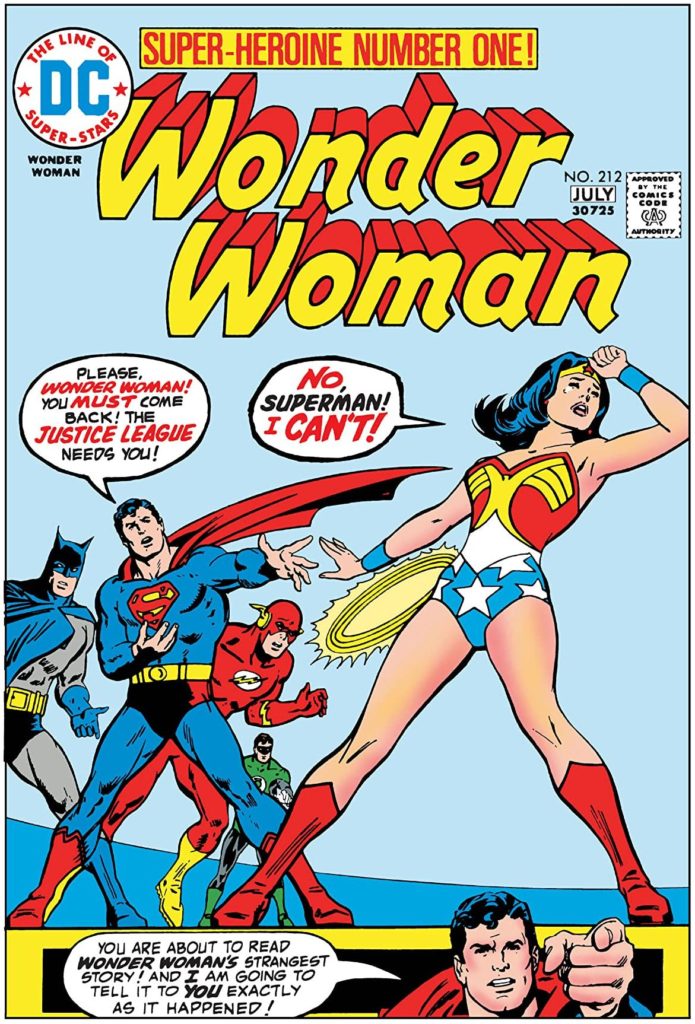
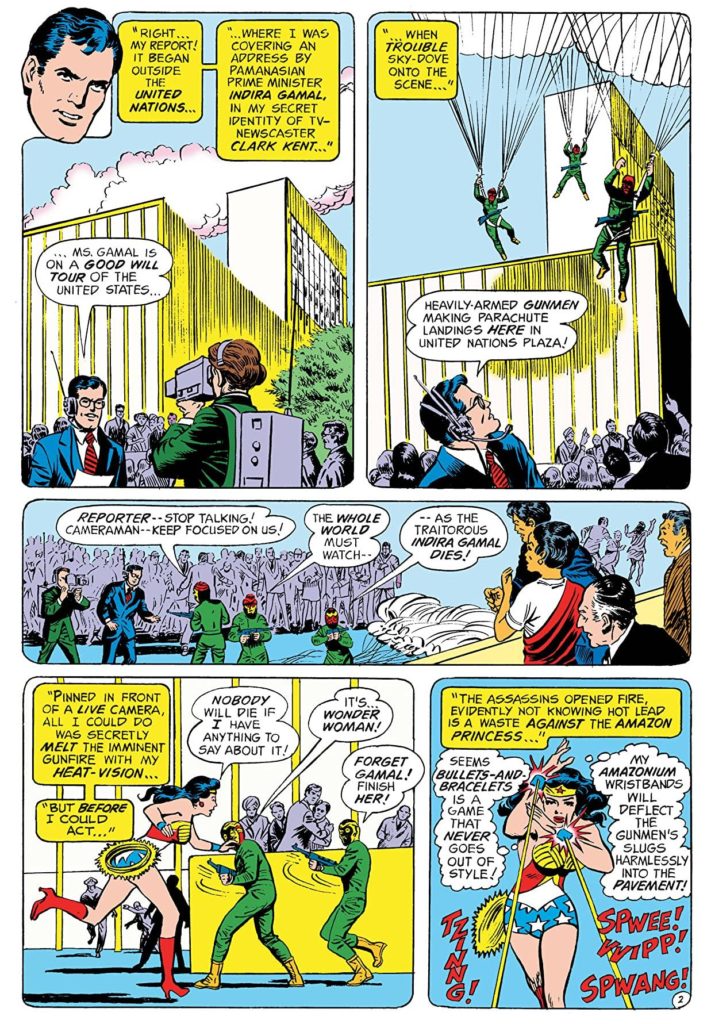
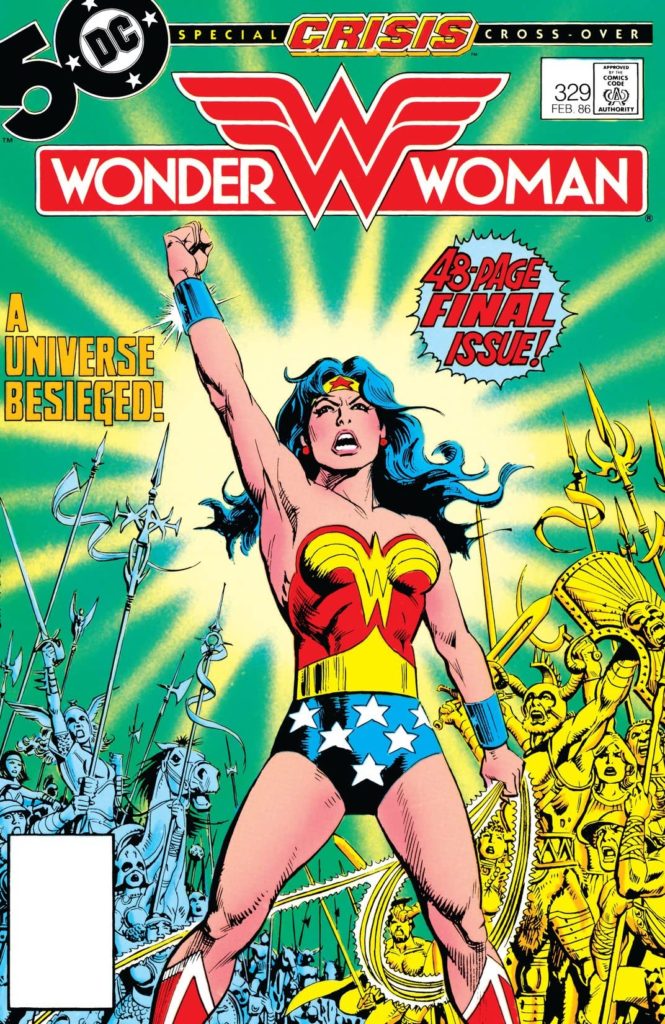
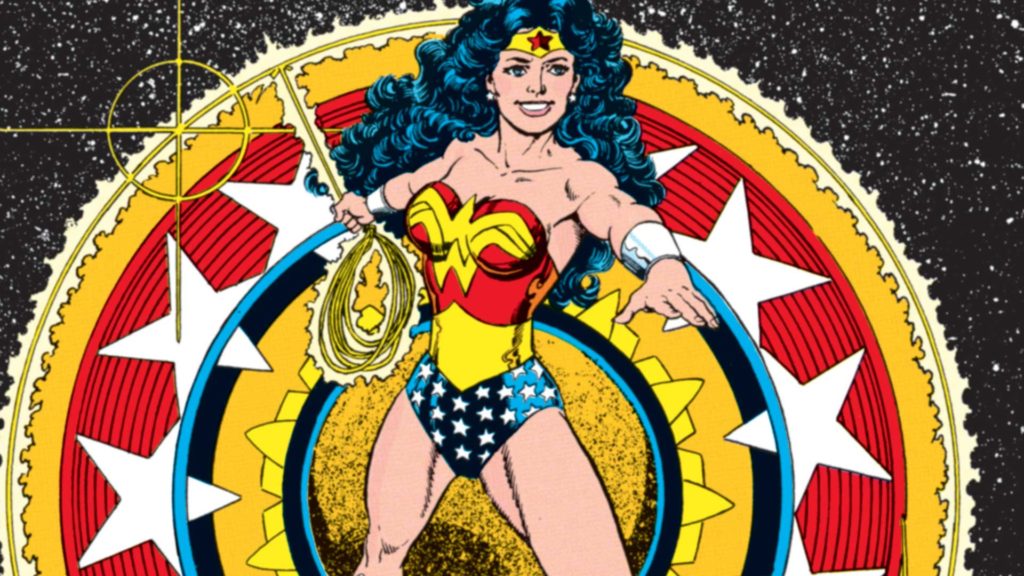
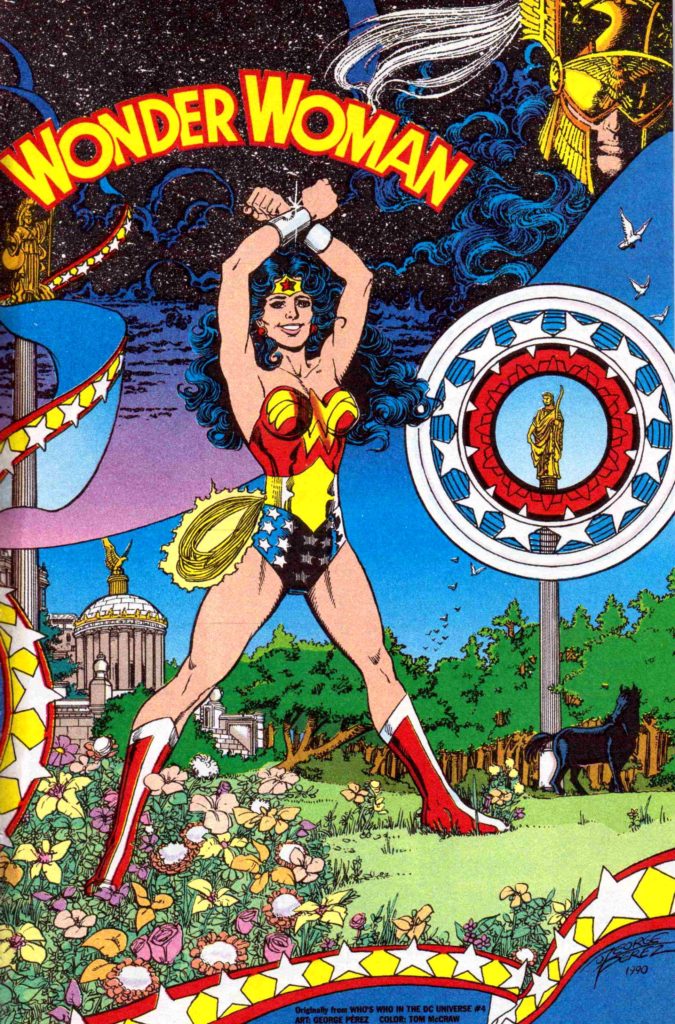
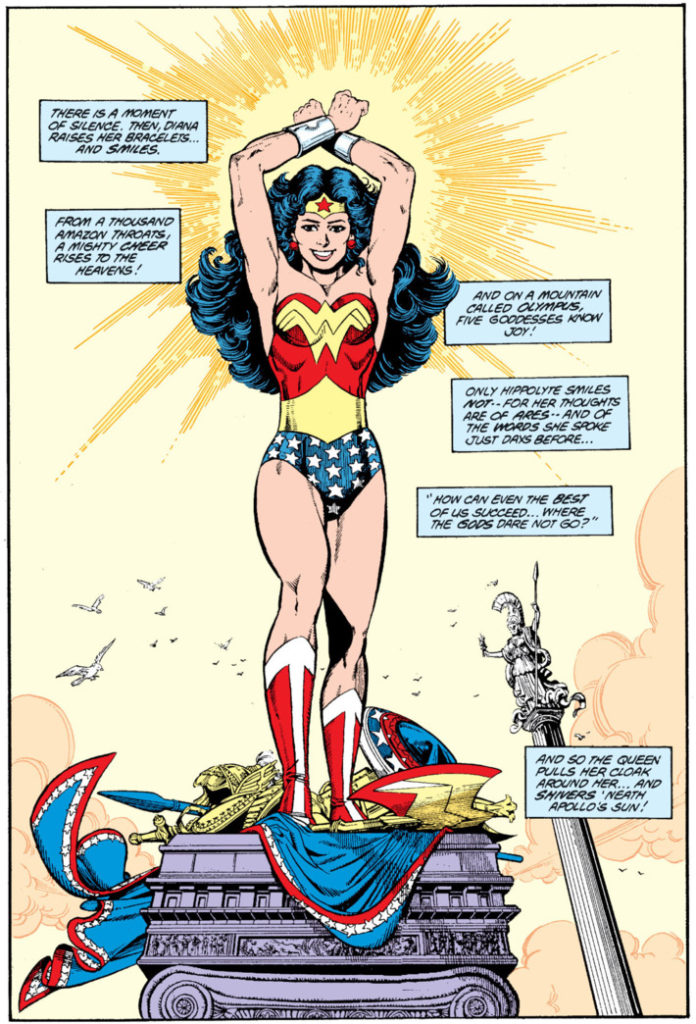
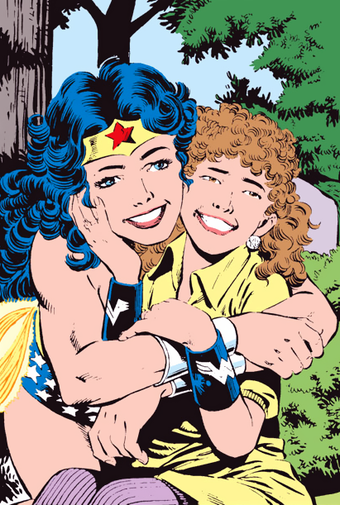
Our Sister Kiara Schuh Would Probably Read And Probably Collect Wonder Woman Vol. 2 (1987-2006) (#1-#226).
A suprisingly positive write-up. I was worried you were largely going to dismiss it, as I’ve seen some Marston-purist do, and while I certainly wouldn’t deny there being problems, you have it right for all his misteps, Perez truly cared about Diana and what she means to women and was at least miles above what came before and would likely come without him.
I knew about The Legend Of Wonder Woman but still haven’t picked it up. Sounds like a real hidden gem!